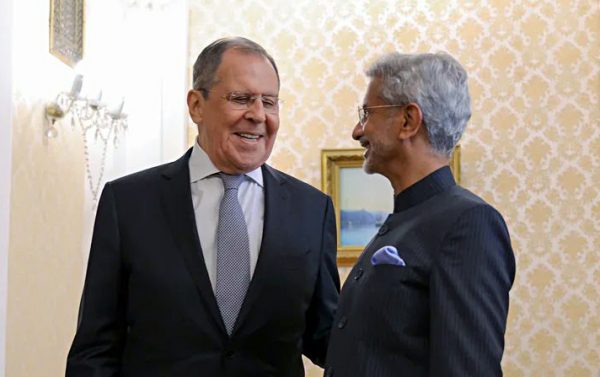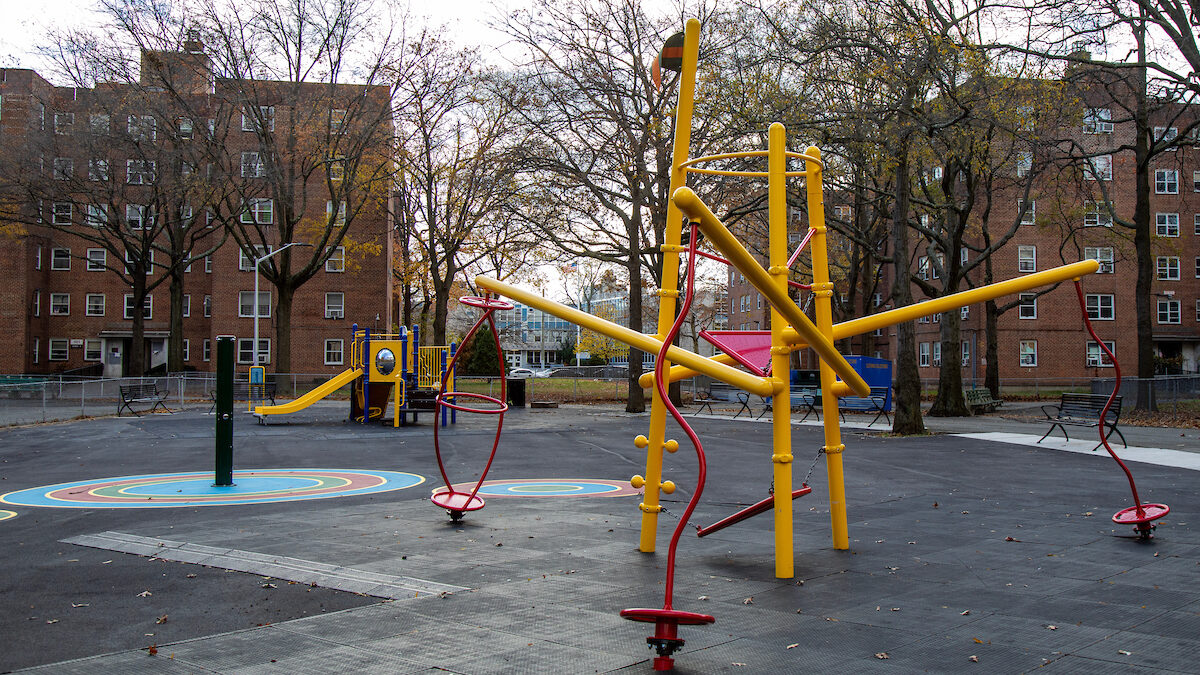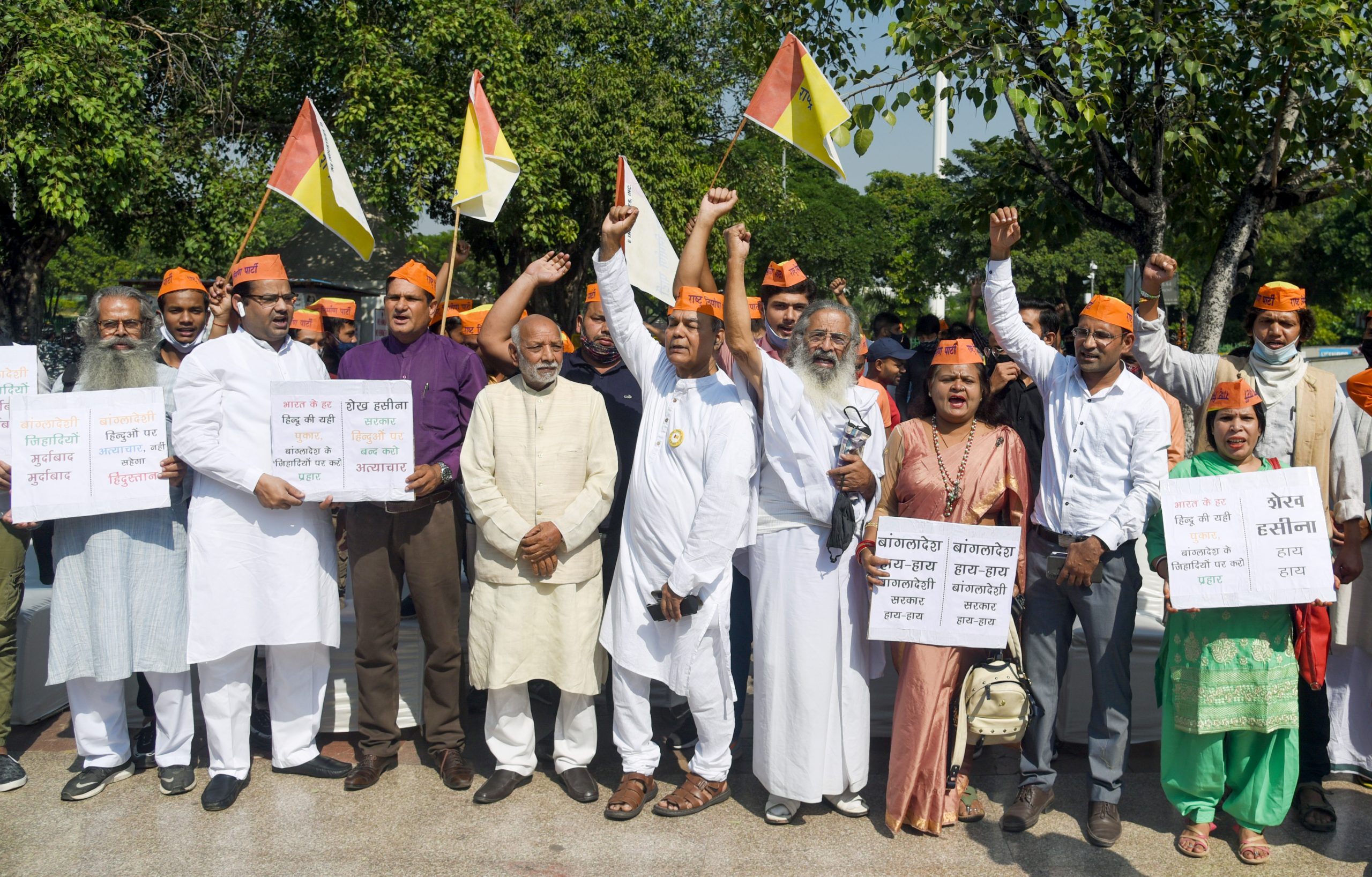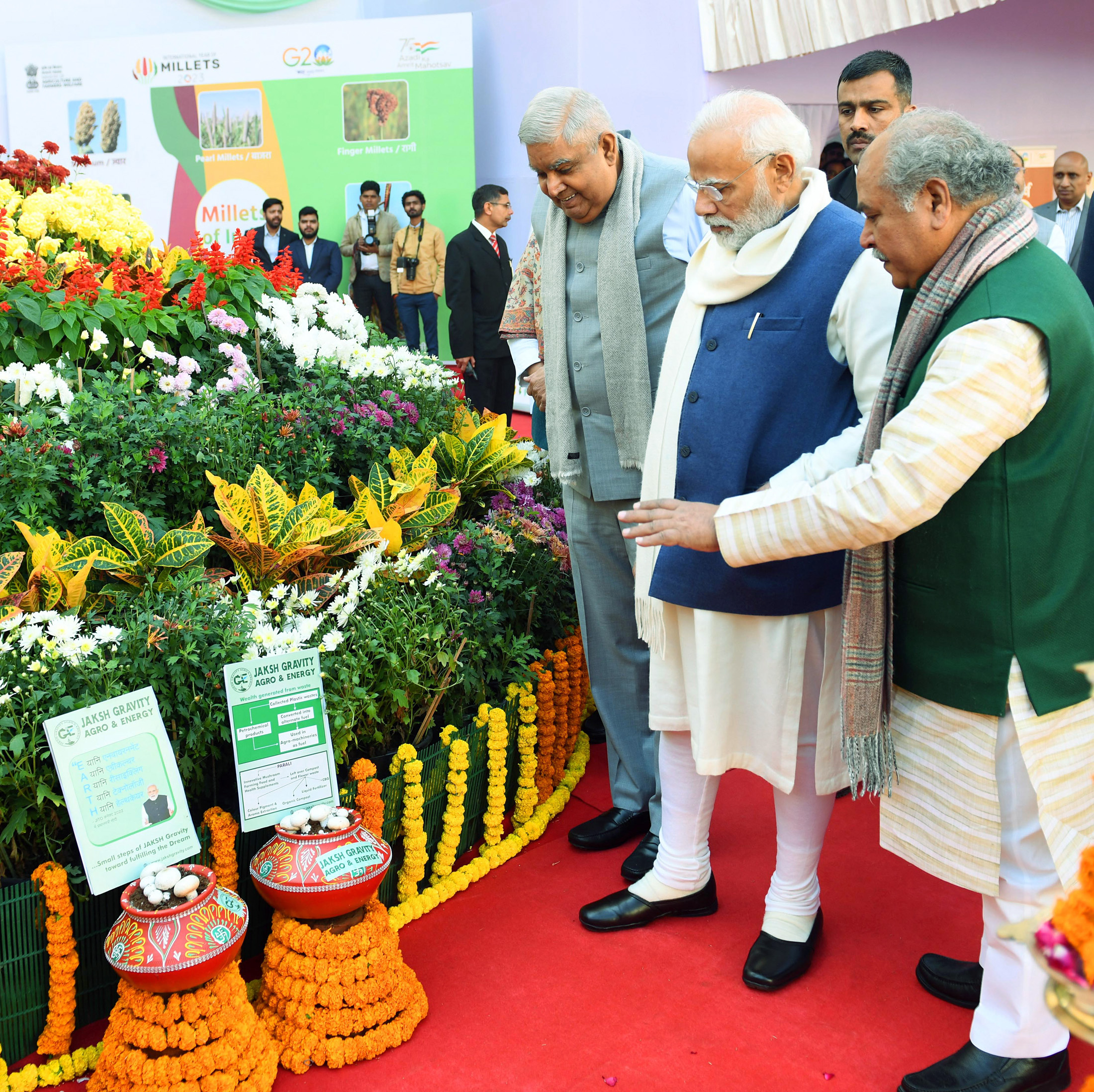It is a truism to say that Nepal’s sustainability and progress depend on maintaining cordial relations with both India and China. Therefore, Prachanda’s visit to Nepal is only natural after his visit to India in May–June 2023
Saurav Raj Pant
Nepali Prime Minister Pushpa Kamal Dahal “Prachanda” will undertake an official visit to China on 22 September 2023. This would be his second foreign visit after assuming office. His first foreign visit was to New Delhi, India in May–June 2023. This visit is being deemed as important in Nepal given the preceding government’s ‘neighbors first’ policy, which meant Nepal would maintain good relations with both its important neighbors—India and China. According to the Foreign Ministry of Nepal, relationship of the country with its neighbors is based on the principles of ‘sovereign equality, goodwill, mutual trust and benefits, understanding of each other’s concerns and sensitivities and cooperation for prosperity and development’.
It is a truism to say that Nepal’s sustainability and progress depend on maintaining cordial relations with both India and China. Therefore, Prachanda’s visit to Nepal is only natural after his visit to India in May–June 2023. Despite the fact that India and China have different governance systems and differing perspectives on global politics, managing these two major powers has been a difficult task for the Nepali leaders. While there is a view in Kathmandu that the visit will balance his earlier visit to India, Prachanda could ill afford to delay it further, given the growing engagement of China in many sectors of Nepalese economy in the last few years.
Nepal, due to its own internal constraints, is dependent on its neighbors for its development. While India has been engaged in this field for a long time, the entry of China into the development sector in recent years has been received well by the people at large, although there is skepticism in some sections that overdependence on China could lead Nepal to a ‘debt trap’ on the one hand and complicate relationship with India on the other.
Issues and Challenges
There are several projects in the pipeline which the Nepali side is expected to discuss with its Chinese counterparts. Some of these include infrastructure development projects such as the Seti Fast track road, Hilsa-Surkhet Road, Tokha-Chahare tunnel, and the upgrading of the Araniko Highway, implementation of the 2016 Trade and Transit Agreement with China and construction of the international exhibition center in Kathmandu. The health sector is another important issue to be discussed. China has, of late, expressed its interest to expand the Civil Service Hospital and relocate Bir Hospital to Bhaktapur for upgraded medical facilities.
There is a popular enthusiasm in Nepal about the country joining China’s Belt and Road Initiative (BRI) in 2017, and some Nepali commentators would say that BRI has made its mark by “driving urban transformation in Nepal, reconfiguring geopolitical and geoeconomic relations and remaking the sociopolitical, cultural and material fabric of hitherto peripheral spaces”. The impact on the ground, however, may not have been as noticeable as it is being made out to be. For example, much like the special economic zone (SEZs) in the Terai region, there were plans to develop cross-border SEZs along the Nepal–China border. However, the MoU with China in 2016 to this effect has not been implemented till now.
There are many challenges that have affected Nepal–China relationship in the past. One major challenge has been chronic political instability in recent years. As per the informal agreements that led to formation of the incumbent government headed by Prachanda, the mantle of leadership may have to be passed on to another leader of the coalition after two and half years. Such changes may interfere with the momentum of policy implementation and affect the image of Nepal in the region. There are observers in Nepal who point out that Nepal’s regional standing has plummeted so much that it was not invited to the G20 meeting in New Delhi while Bangladesh was given a chance to participate in it.
Another important issue has been the high interest rate levied by China for loans it has extended to Nepal. The 2 per cent interest rate China has negotiated for its loan to build the Pokhara International Airport is being discussed in Nepal as an uncharitable gesture, which raises questions about China’s long-term strategic intention. This airport has not been fully operational since its inauguration on 1 January 2023. The Chinese have claimed this airport as part of BRI unilaterally, even though there was no BRI when Nepal had signed contract for this airport with the Exim Bank of China. Prachanda must, therefore, discuss the possibility of waiving off the loan for six civilian aircrafts that Nepal has received from China. These aircrafts have so far been grounded due to technical, manpower and spares issues leading to loss of over NPR 2 billion.
There is also the issue of lukewarm response from the Chinese side to import from Nepal. China has allowed zero-tariff entry for 8,000 goods of Nepali origin, but this duty-free arrangement has so far not been implemented even after two years of the pandemic. This has led to Nepali goods rotting at the border. Prachanda and his team need to get assurance for easy and barrier-free access to Nepali products that can reduce trade deficit with China.
Recently, the Chinese Ambassador to Nepal gave an ‘undiplomatic’ remark about India’s role in Nepal. He said that Nepal had been in a losing position vis-à-vis India in the field of trade and commerce and it can get many more benefits from its trade with China. Such rhetoric is often accepted uncritically by the people of Nepal. However, the facts stated above speak otherwise. The Chinese diplomats also had similar things to say during the case of Millennium Challenge Corporation (MCC) and the US diplomats had rebuffed such remarks. Such expressions only indicate how desperate China is to snap Nepal’s relationship with India, US and other friendly countries and betray a sense of anxiety about Nepal’s policy of seeking mutual trust with all.
There is also the issue of cultural difference. The exposure of Nepali people to Chinese tourists has not been very pleasant so far. In fact, when Chinese tourist stranded in Kathmandu due to COVID-19 lockdown attacked the Nepal Police, there was unnecessary anxiety in bilateral relations. Nepal was forced to remain silent lest any lawful action against the tourists would impair relationship with China.
Of late, China is forcing Nepal to join various Chinese projects, i.e., the Global Security Initiative (GSI), Global Civilizational Initiative (GCI) and the Global Development Initiative (GDI). In fact, the GSI has been generally viewed as China’s version of NATO. Such initiatives look like a strategic alliance of some sort and militates against Nepal’s foreign policy goals. Prachanda should clarify Nepal’s position on these issues.
The Way forward
Nepal has a considerably large electorate wedded to left-leaning communist thinking, who idealize China as its closest friend. Moreover, they reflexively turn to China to balance India, a country with which they have deep and inerasable historical, geographical, cultural and familial bonds. As it happens in any such close association, proximity is often taken for granted and ignored, without objective analysis of the costs of dissolution of such relationship.
History is witness to the fact that China did not stand by Nepal when it passed through difficult times. Nepal–China border has not been fully operational since the 2015 earthquake followed by the COVID-19 pandemic even if China has ensured continued flow of Chinese goods while limiting flow of Nepali goods into China. There has been a hue and cry over the ‘text’ of the MCC compact but there has been no discussion over the terms and conditions of BRI in Nepal.
While managing relationships with both China and India can present challenges, Nepal would generally find negotiations with India to be easier, given the deep-rooted historical and cultural ties it shares with India, as opposed to dealing with China. The cultural links that some people in Nepal often claim with China do not point to a continued relationship anymore. China itself does not invoke these linkages currently. China is quietly proclaiming its Pax Sinica in the region and beyond, of which Nepal should be wary of. Nepal should avoid getting ‘trapped’ in the ‘Five Fingers Policy’ of Mao Zedong.
Nepal has a difficult task ahead in sustaining its relationship with China in the backdrop of growing India–US partnership, US–China rivalry and declining India–China relationship. Securing its own interests would require perceptive appreciation of the evolving regional and global geopolitics and dealing with its two neighbors through effective and efficient diplomacy without getting caught up in the adversarial maze of relationship among countries, Nepal regards important for its progress and development.
Saurav Raj Pant is a Visiting Fellow at the South Asia Centre, Manohar Parrikar Institute for Defense Studies and Analyses (MP-IDSA), New Delhi.
Views expressed are of the author and do not necessarily reflect the views of the Manohar Parrikar IDSA or of the Government of India
The full version of this article first appeared in the Comments section of the website (www.idsa.in) of Manohar Parrikar Institute for Defense Studies and Analyses, New Delhi on September 21, 2023


























